11 Wild Animals in South Sudan [Wildlife in South Sudan]
Want to know more about the wildlife in Sudan?
Discover 11 wild animals in South Sudan in this post, as well as interesting facts about them. 🇸🇸
Learn All About South Sudanese Animals
Ready to learn all about South Sudanese animals?
I’ve always been fascinated by animals and by how they can be so different from one country to another. In this guide, we’ll focus on the many animals South Sudan has on the land, in the sky, and underwater.
I’ve split the guide into 5 categories:
- Native animals from South Sudan
- Endangered animals of South Sudan
- What is South Sudan national animal?
- How many animals native to South Sudan?
- What is the most common animal in South Sudan?
Let’s dive in right away with our first category!
Native Animals from South Sudan
South Sudan is a landlocked African country located in the central part of the continent, below the Sahara. It is sometimes known as the Nilotic Republic (because it was the place of origin of the Nilotic peoples), is one of the youngest countries in the world (about half its inhabitants are under 18), declared its independence in 1956, and used to be a British colony. It is bordered by Sudan, Ethiopia, Uganda, the Central African Republic, the Democratic Republic of the Congo, and Kenya, and its capital and largest city is Juba, which counts more than 525,000 inhabitants.
An interesting part of the country that I wanted to tackle is its wildlife. In light of that, I have listed the best of it, and I hope you will love learning what animals live in South Sudan.
Here’s the South Sudan animals list.
1. Black crowned crane
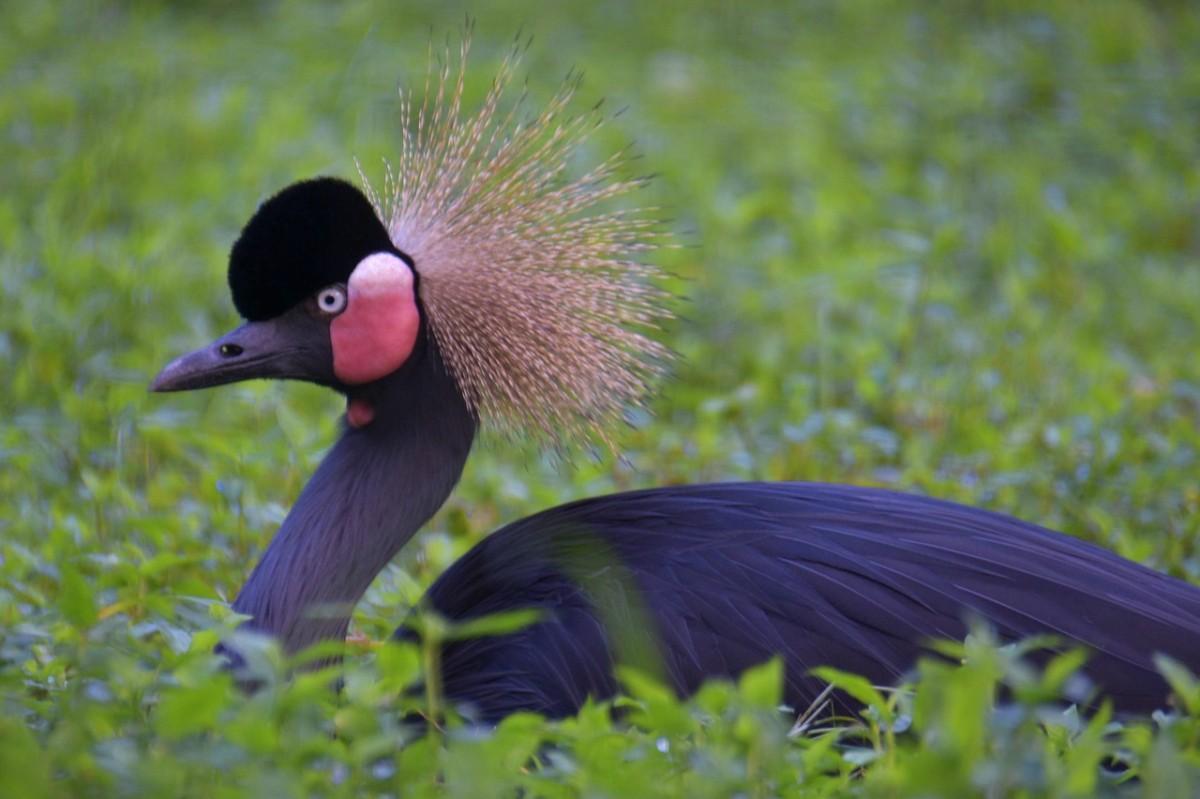
- Name: Black crowned crane
- Scientific name: Balearica pavonina
- Conservation status:
The black crowned crane is a species of crane native to the northernmost part of sub-Saharan Africa. It is closely related to the gray-crowned crane and lives in the shallow wetlands of South Sudan. These areas are extremely important for this crane, acting as roosting, feeding, and breeding grounds.
This crane is considered vulnerable to extinction because of wetlands degradation, increase in drought, and draining of wetlands, despite having large numbers of about 28,000 to 47,000 individuals.
2. African bush elephant
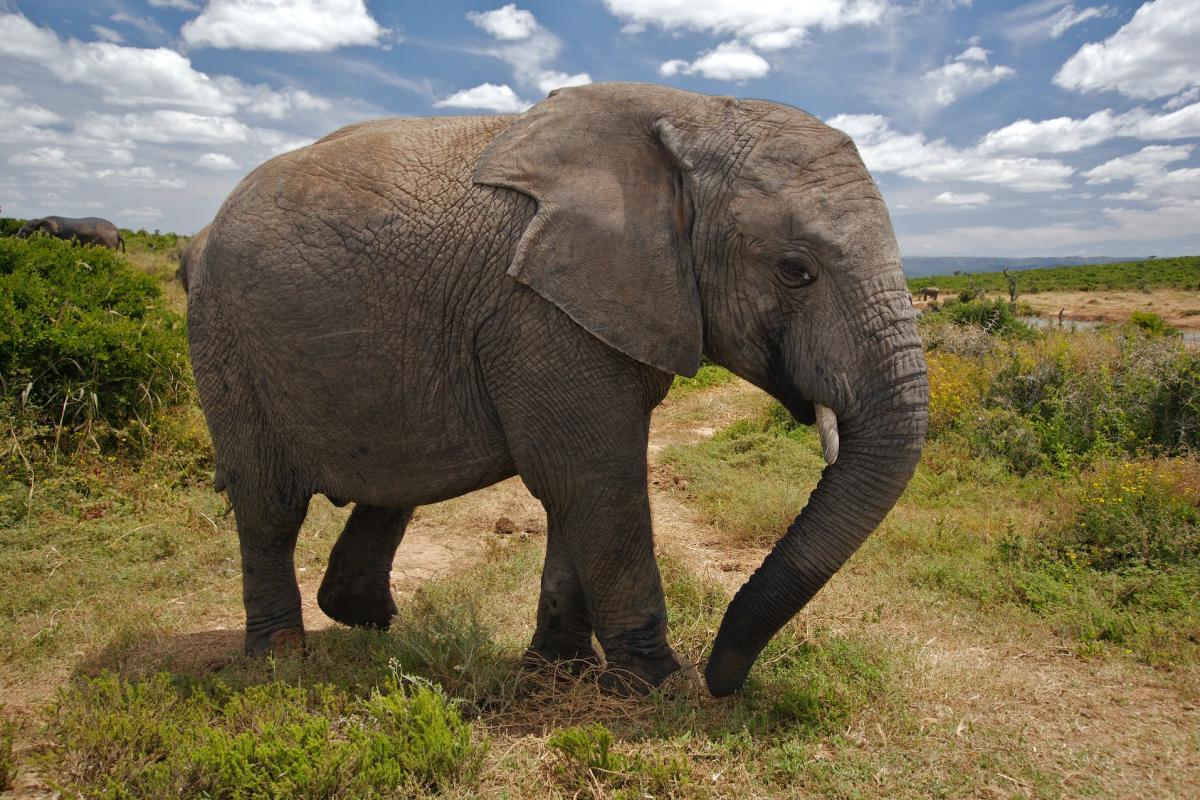
- Name: African bush elephant
- Scientific name: Loxodonta africana
- Conservation status:
The African bush elephant, also known as the African savanna elephant, is the largest terrestrial animal in the world. It is one of two species of elephants in Africa and inhabits the forests, grasslands, and woodlands of about 37 countries around the continent.
While its range used to be much wider, the African bush elephant still seriously suffers from poaching for its meat and ivory and habitat loss and is on the decline.
3. African forest elephant
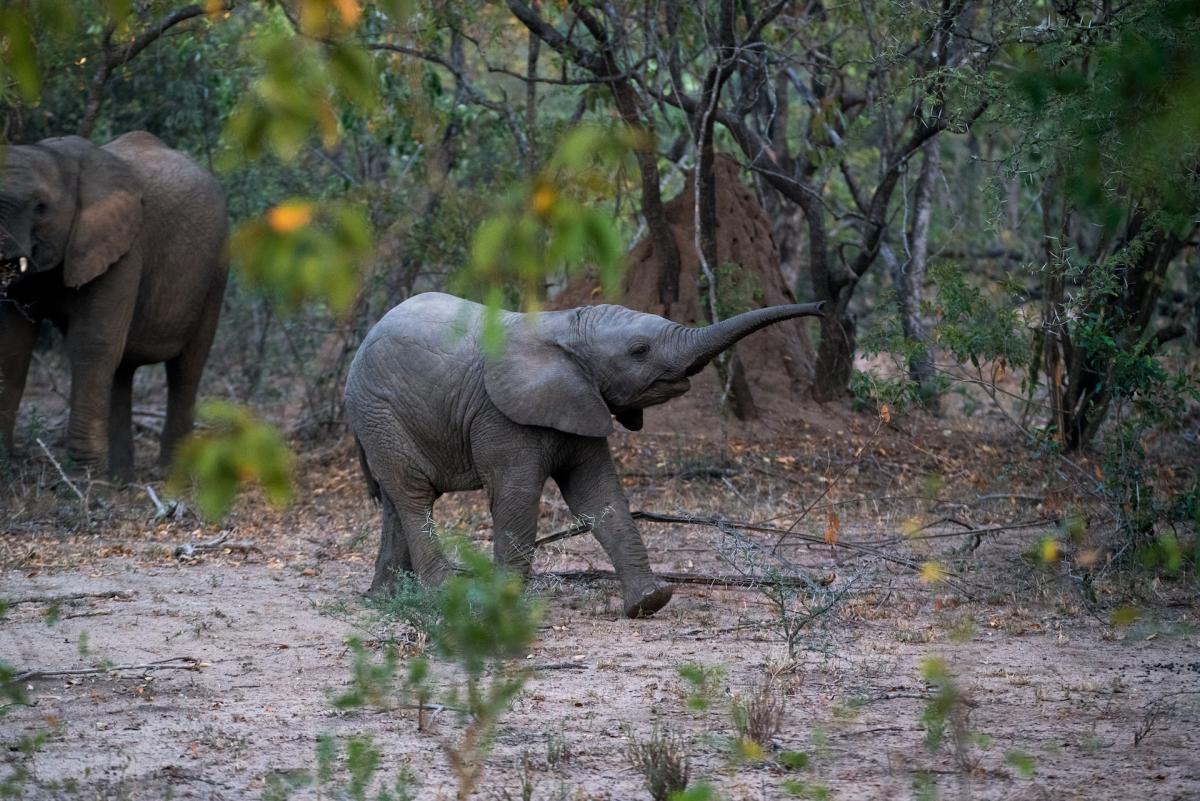
- Name: African forest elephant
- Scientific name: Loxodonta cyclotis
- Conservation status:
Unbelievable! South Sudan is one of the only countries in the world with both African elephant species!
The African forest elephant is the smaller of the two elephant species in Africa. It is less known and is on the brink of extinction. Known as the “mega gardener of the forest”, it inhabits rainforests and is a key species for this ecosystem, especially in Congo and Guinea.
4. Common patas monkey
- Name: Common patas monkey
- Scientific name: Erythrocebus patas
- Conservation status:
The common patas monkey, also known as the hussar monkey or the wadi monkey, is a terrestrial species of monkey native to western and eastern Africa.
It inhabits open tropical savanna and has also been introduced to Puerto Rico. It lives in large groups of up to 60 monkeys, with multiple females but only one male for most of the year. During the breeding season, multitudes of males temporarily join the group.
This monkey inspired “The Lorax” by Dr. Seuss, because of its unique relationship with the whistling thorn acacia.
5. Cheetah

- Name: Cheetah
- Scientific name: Acinonyx jubatus
- Conservation status:
The cheetah is a large species of cat native to central Iran and much of Africa. It is the fastest terrestrial animal in the world, reaching staggering speeds of up to 128 km/h / 80 mph, and has an athletic body with a very light build, long and thin legs, and a long tail.
Interestingly enough, one very rare variant of the cheetah is the king cheetah, a specimen with 3 large stripes running on its back and larger spots.
The South Sudanese populations of the cheetah are very small and heavily fragmented.
6. Spotted hyena
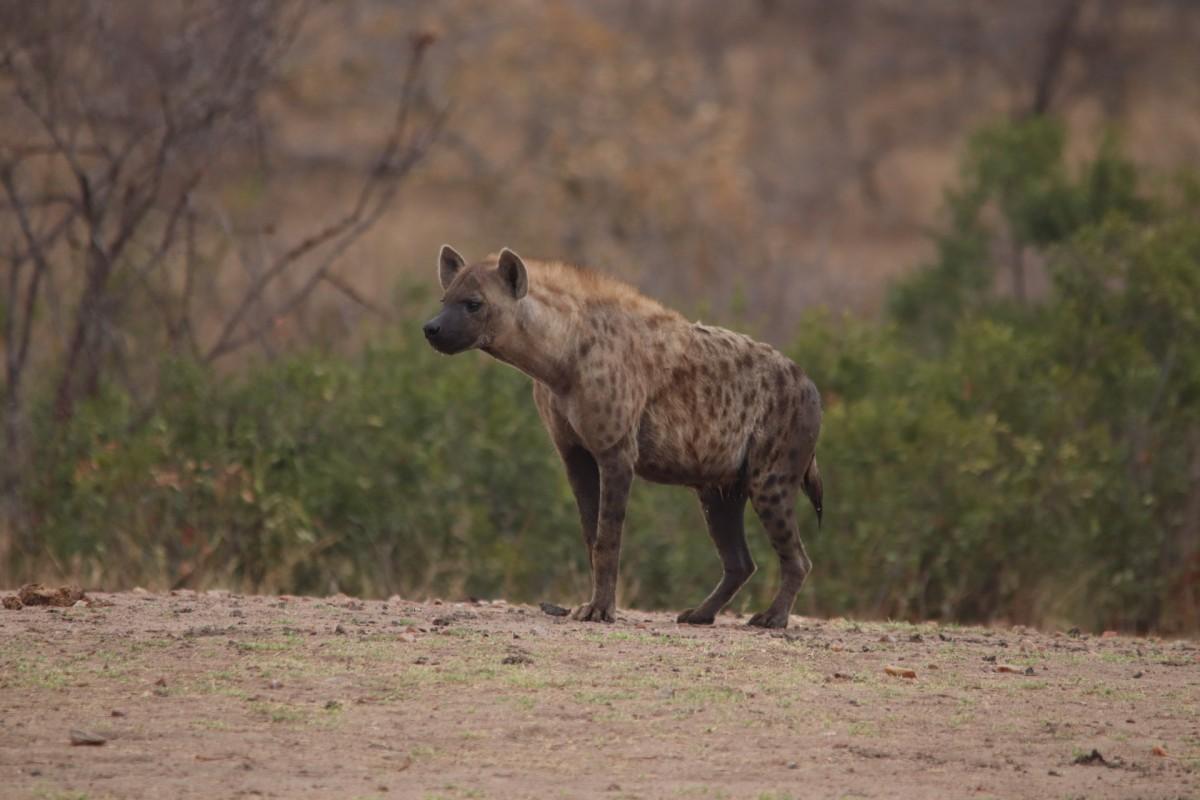
- Name: Spotted hyena
- Scientific name: Crocuta crocuta
- Conservation status:
The spotted hyena, widely known as the laughing hyena, is a large species of omnivore native to almost all of sub-Saharan Africa. It is the most common large carnivore on the continent, and one of the most successful species in the world, thanks to its extremely high adaptability in terms of habitat and dietary habits.
Opposite to what most people think, the spotted hyena is primarily a hunter and not a scavenger. However, as part of its opportunistic behavior, it will not hesitate to scavenge when needed.
7. Pink-backed pelican
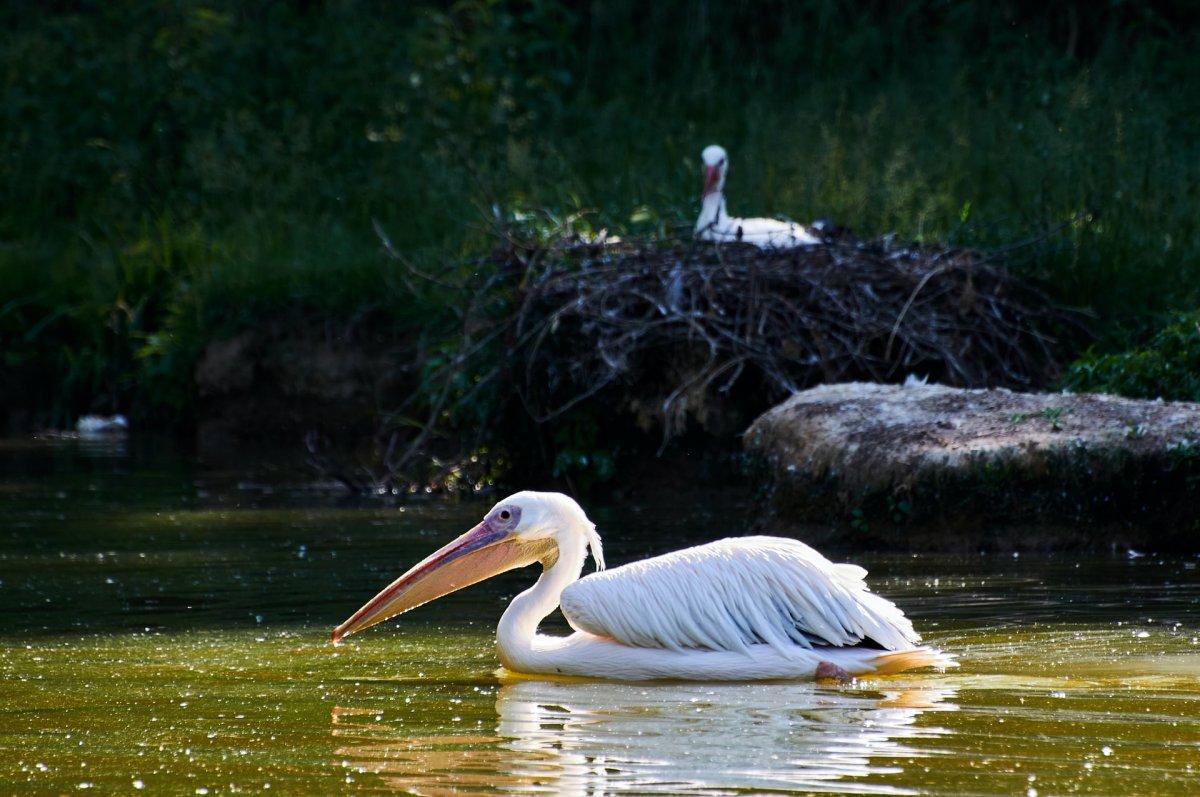
- Name: Pink-backed pelican
- Scientific name: Pelecanus rufescens
- Conservation status:
The pink-backed pelican is a small species of bird of the pelican family found in much of sub-Saharan Africa and in the southern parts of the Arabian Peninsula. In South Sudan, it lives in the flooded grasslands of the southern area of the country.
Although small for a pelican, it remains a large bird, with a wingspan of up to 2.9 m / 9.5 ft and a weight of up to 7 kg / 15.4 lb.
8. Lion
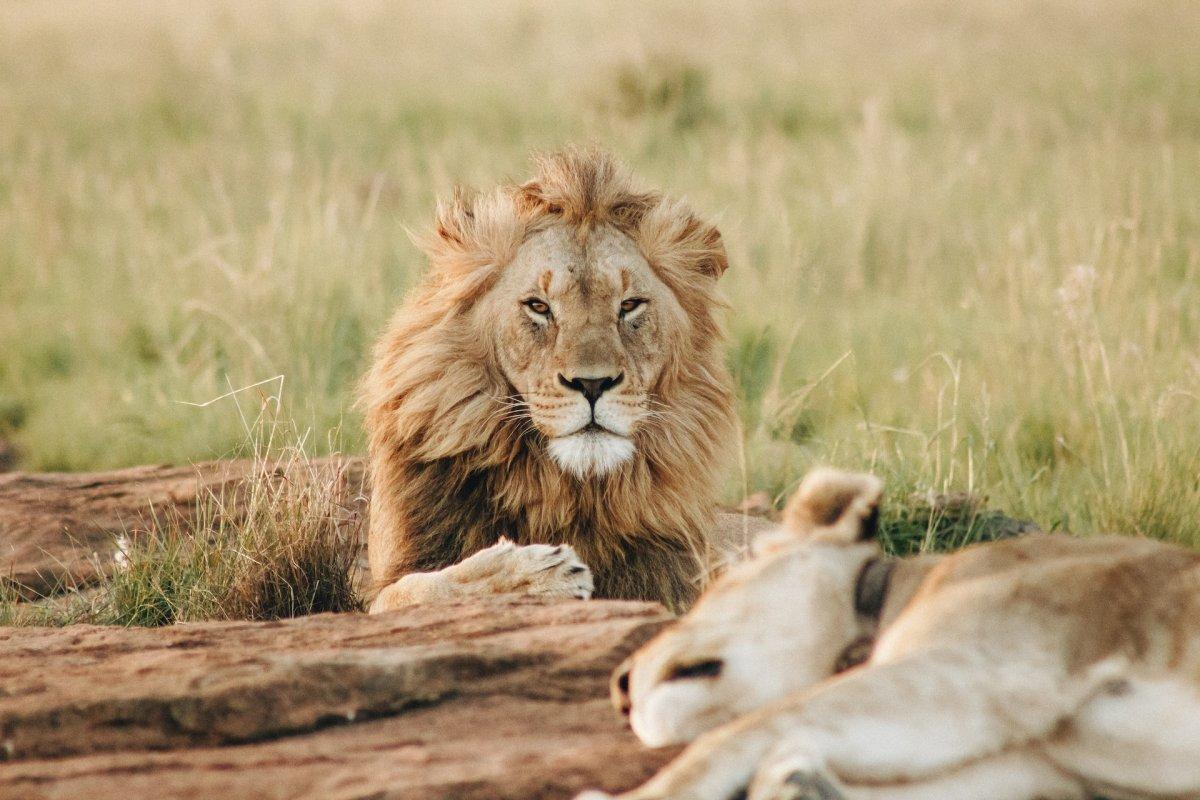
- Name: Lion
- Scientific name: Panthera leo
- Conservation status:
The lion is one of the main emblems of Africa. It is a large cat native to both India and almost all of Africa and has a very muscular body with a tufted tail. It is both an apex and a keystone predator, and it inhabits the savannas, grasslands, and shrublands of South Sudan.
Although naturally active by day, the lion sometimes adapts to persecution by humans and emerges at twilight and night.
9. Northern white rhinoceros
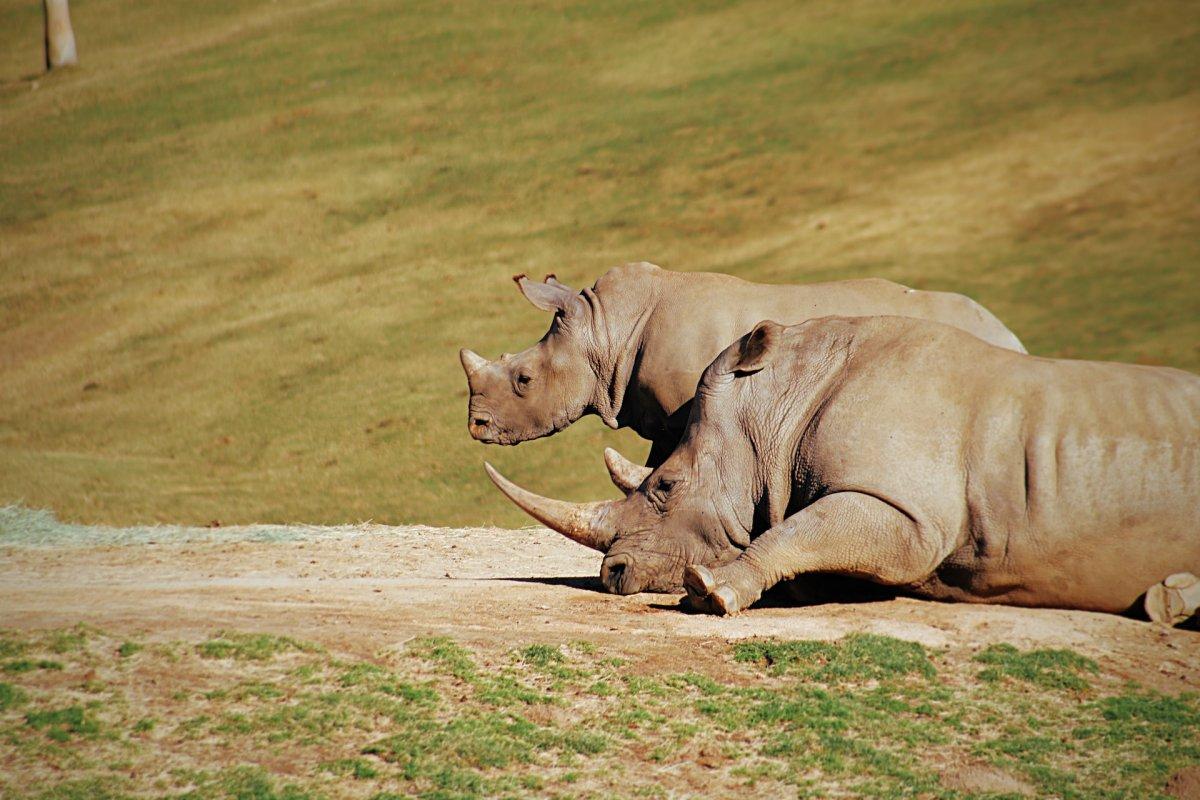
- Name: Northern white rhinoceros
- Scientific name: Ceratotherium simum cottoni
- Conservation status:
The northern white rhinoceros, also known as the northern square-lipped rhinoceros, is one of the most endangered animals in the world. In fact, it is already functionally extinct, since only 2 females remain; unless a male specimen is found extremely soon, the northern white rhinoceros is not long for this world.
Both of these females, named Najin and (her daughter) Fatu, belong to the Dvůr Králové Zoo in the Czech Republic, but currently live in Ol Pejeta Conservancy in Kenya.
10. Leopard
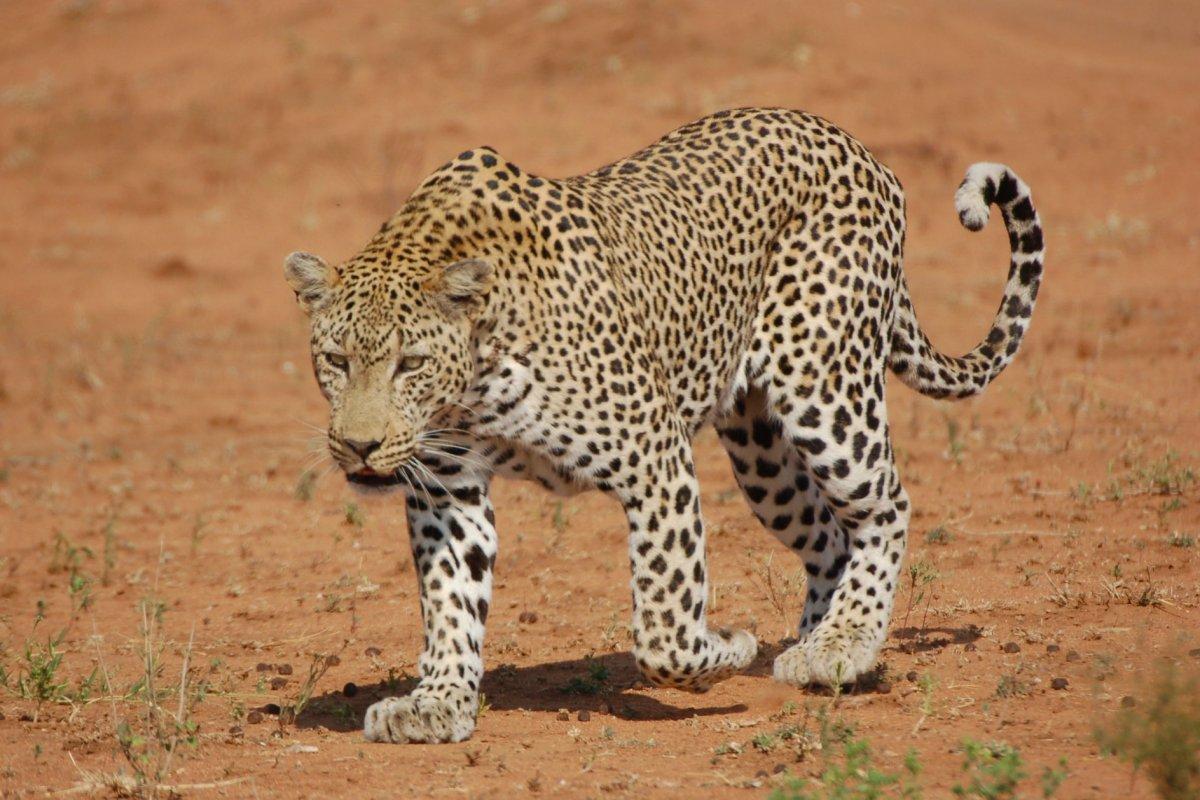
- Name: Leopard
- Scientific name: Panthera pardus
- Conservation status:
The leopard is the third large species of wild cat that you can find in South Sudan. It is smaller than its counterparts, but dangerous nonetheless: its jaws are so powerful that it can easily crush any animal’s skull, and even tortoises’ carapaces! It inhabits rainforests, as well as arid and montane areas, and is an opportunistic carnivore.
Similarly to the king cheetah, some rare melanistic leopards exist throughout Africa, and they are then known as black panthers.
11. Saddle-billed stork
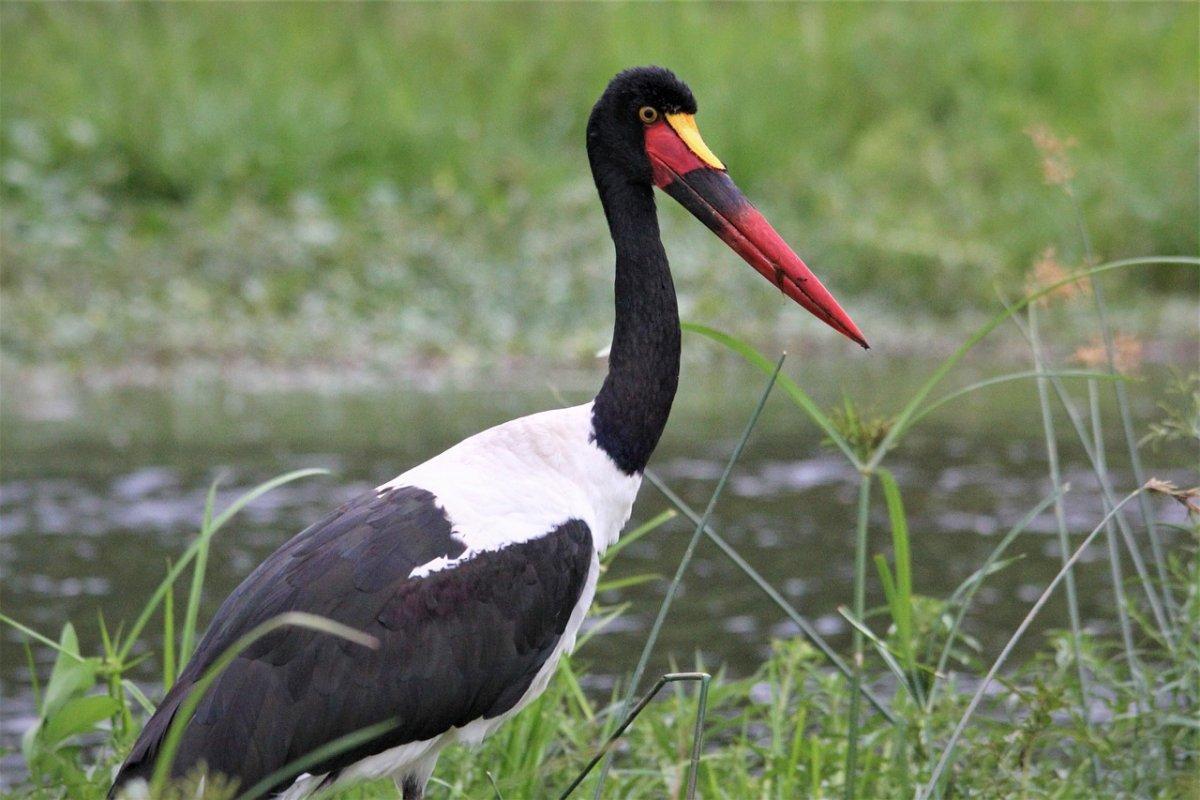
- Name: Saddle-billed stork
- Scientific name: Ephippiorhynchus senegalensis
- Conservation status:
The saddle-billed stork is yet another peculiar bird found in the wetlands of South Sudan. Also known as the saddlebill, it is a large species of wading bird native to much of sub-Saharan Africa, from South Sudan and Ethiopia in the east to South Africa in the south and Senegal in the west.
This stork inhabits forested wetlands and other floodlands and usually lives either alone or in pairs.
—
So there you have them, these were my 11 wild animals in South Sudan. I hope you enjoyed this list and that you learned something new today.
In case you want to learn more about South Sudan wildlife, feel free to keep reading, as I still have lots of things to tell you about:
Endangered Animals of South Sudan
This is definitely the saddest part of the list, but it is essential to raise awareness. Because of this, let’s go through the list of endangered animals in South Sudan.
Here are the animals in danger of extinction in South Sudan.
- None
- Black rhino
- Hooded vulture
- African forest elephant
- Nubian flapshell turtle
- Rüppell’s vulture
- and 2 more…
- Steppe eagle
- Chimpanzee
- African savanna elephant
- Nile lechwe
- Giant ground pangolin
- and 12 more…
To see the full list of endangered species in South Sudan, head over to the International Union for Conservation of Nature’s Red List.
What is the National Animal of South Sudan?
The national animal of South Sudan is the African fish eagle.
The African fish eagle is a large species of eagle found throughout sub-Saharan Africa, usually near bodies of water, either open or inland.
This eagle is featured on South Sudan’s coat of arms and is a symbol of fortitude and strength. As its name suggests, it almost exclusively feeds on fish, but occasionally preys on young crocodiles and water birds.
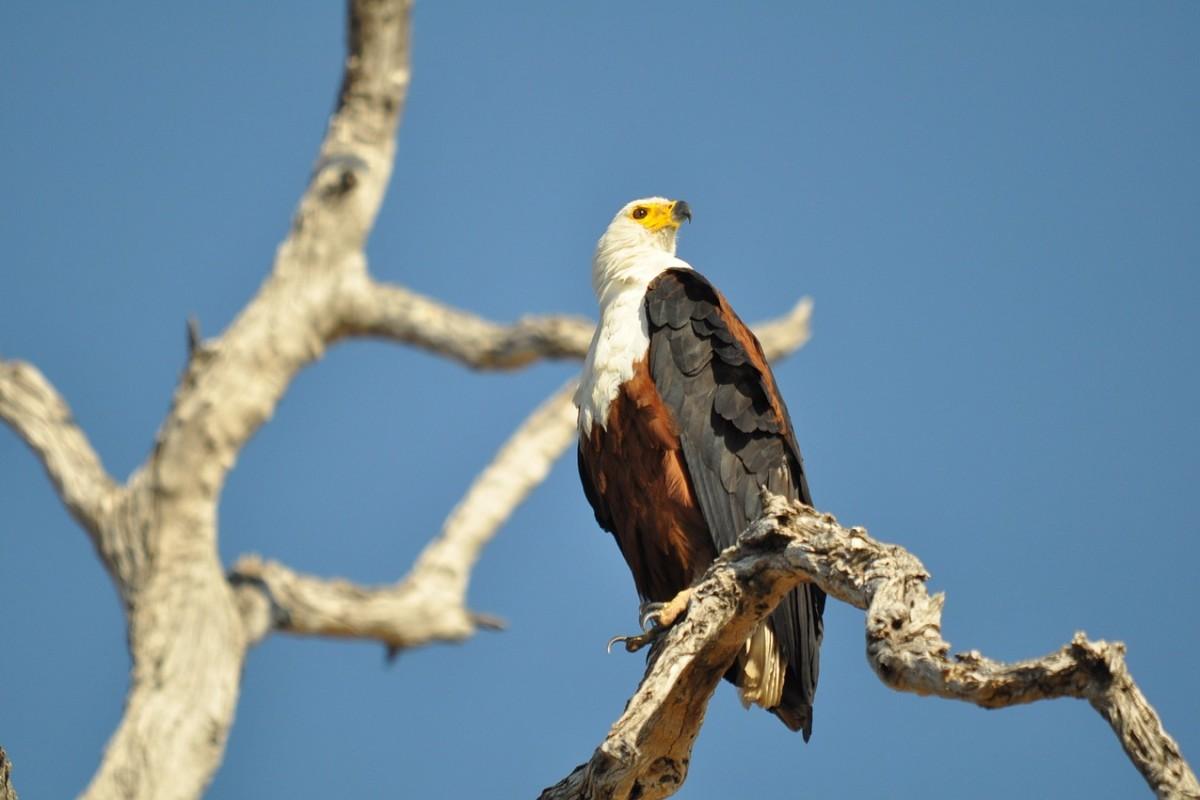
How Many Animals Native to South Sudan?
What is the diversity of native animals in South Sudan?
Let’s look at the total number of species of Chordata (mammals, birds, fishes, and reptiles).
Total number of animal species in South Sudan: 1,193 (14,205 in total in sub-Saharan Africa)
What is the most common animal in South Sudan?
There are plenty of common animals in South Sudan, but the one that beats them all is the antelope. There are about 1.3 million antelopes migrating to and from the southeastern parts of South Sudan.
The antelopes grow horns every year, and not antlers like deers. They gather in herds and are often hunted by large cats such as lions, cheetahs, and leopards. Their only chance at surviving is outspeeding their predator.
More About Animals in the World!
Loved these South Sudan animal facts? Want to see what animals live in other countries?
Then check out these posts:
Or click here to see ALL the facts up on the blog! Spoiler alert: there’s A LOT of them.
Share the knowledge! Click on the buttons below to share information about these famous animals in South Sudan with your friends, and help them learn more about the world 🙂
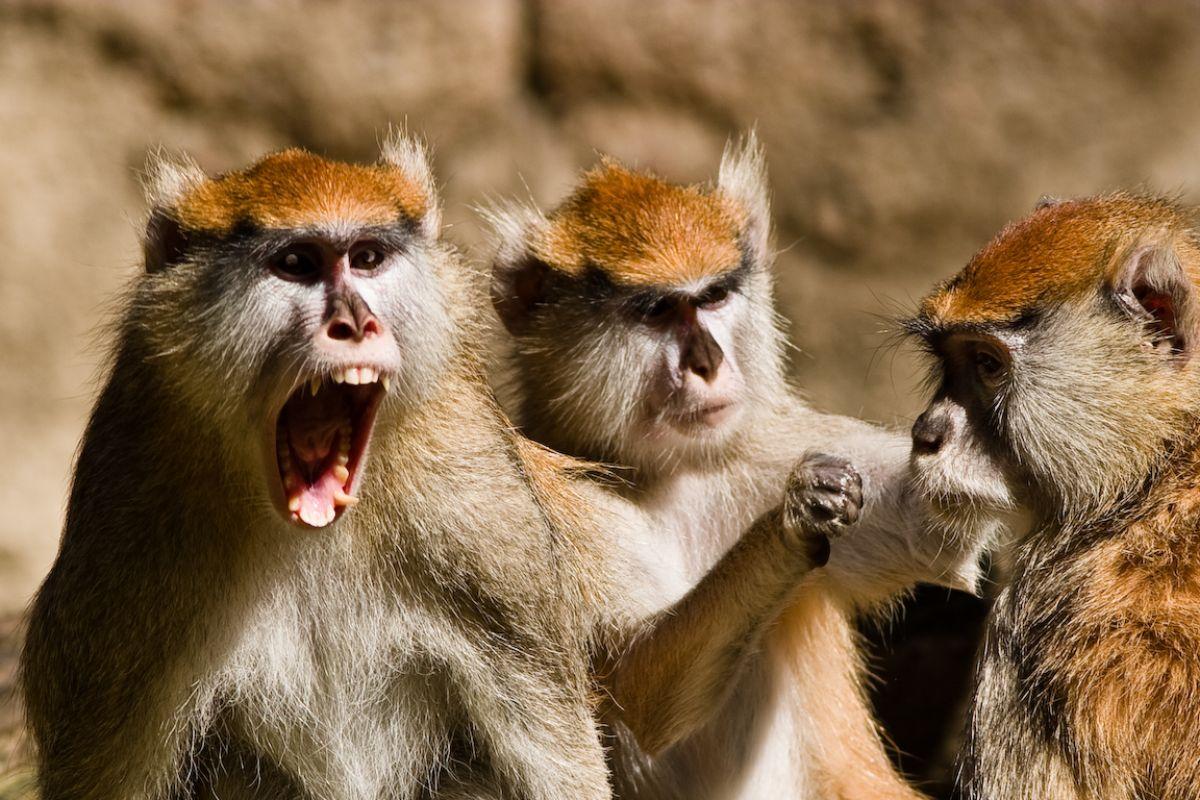

![18 Wild Animals in Jamaica [Wildlife in Jamaica]](https://www.kevmrc.com/wp-content/uploads/2022/08/18-wild-animals-in-jamaica.jpg)
![18 Wild Animals in Kyrgyzstan [Wildlife in Kyrgyzstan]](https://www.kevmrc.com/wp-content/uploads/2022/12/18-wild-animals-in-kyrgyzstan.jpg)
![19 Wild Animals in Israel [Wildlife in Israel]](https://www.kevmrc.com/wp-content/uploads/2022/06/19-wild-animals-in-israel.jpg)